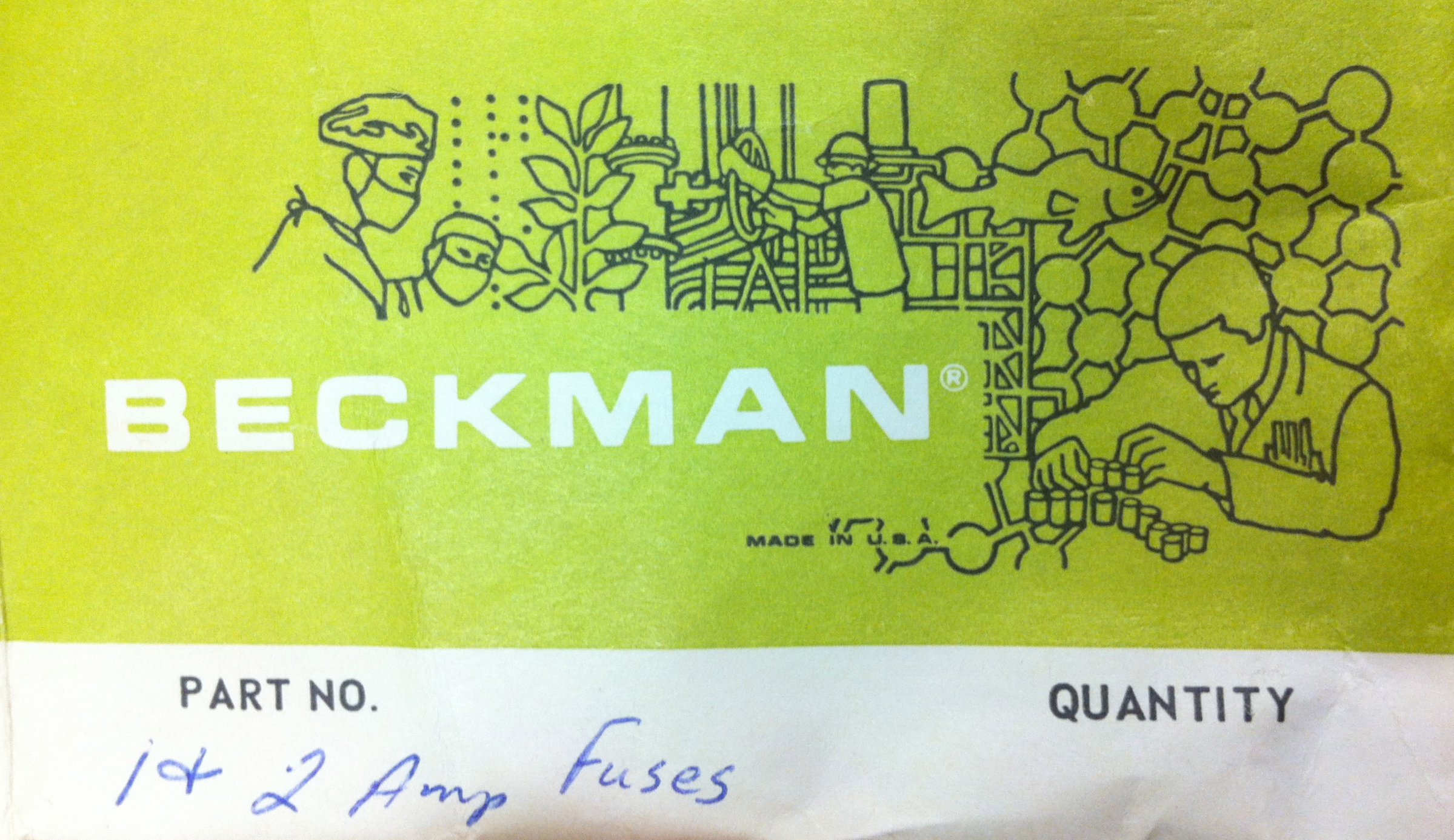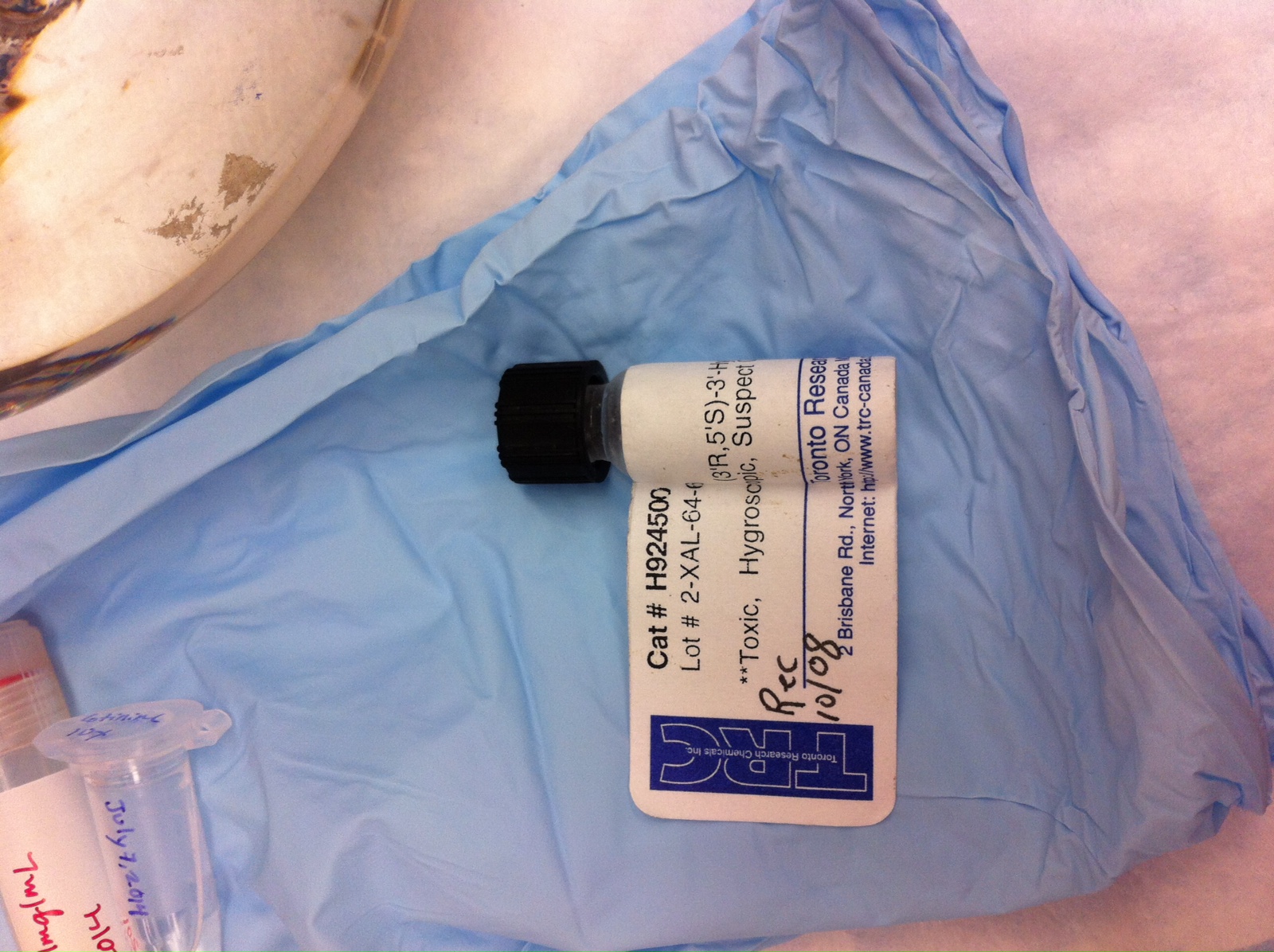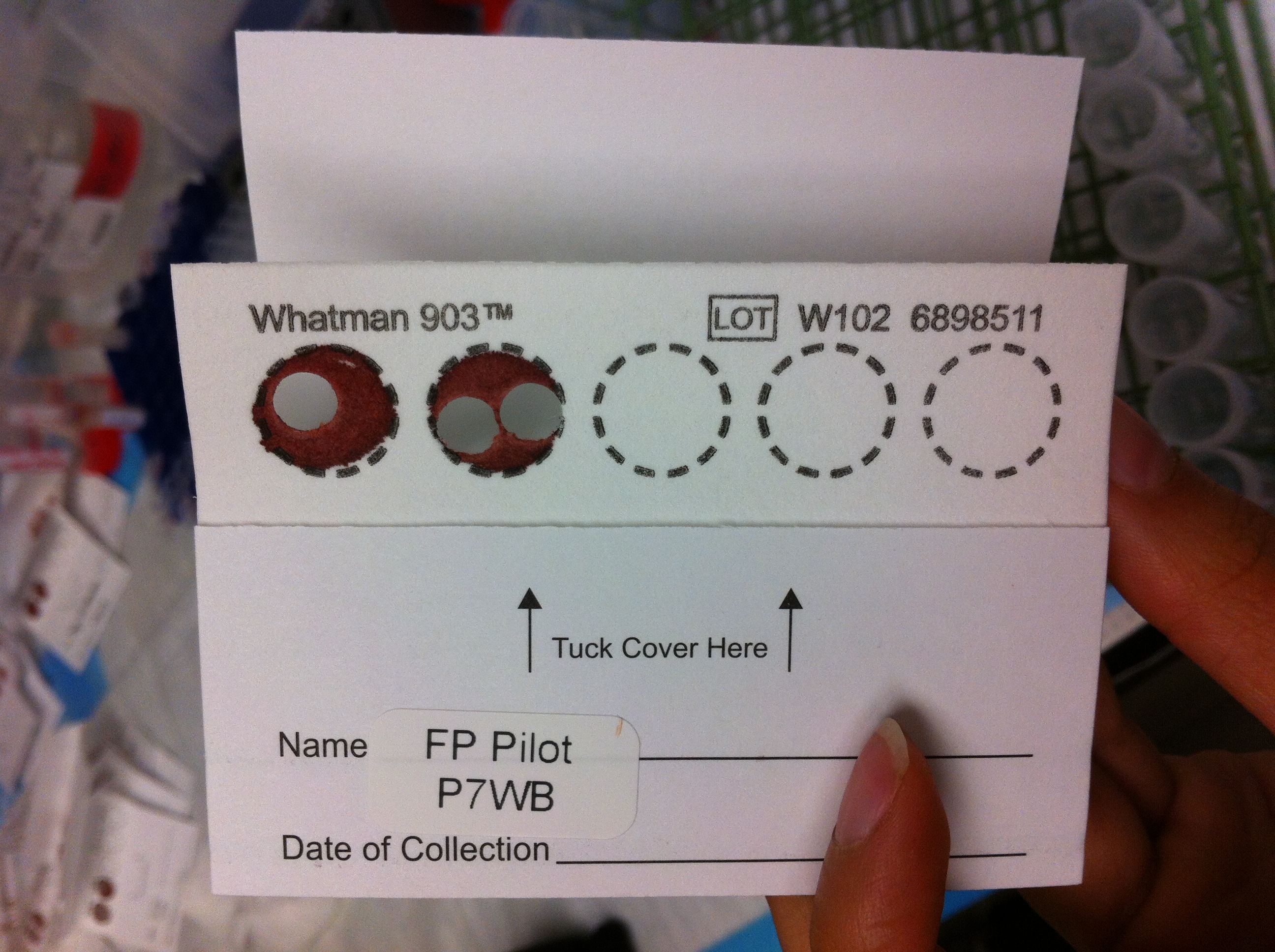Off Quad Rule: Part 5

Mezes & Dakos
Happy Fourth! I hope you get to eat some good grilled food, dance among fireflies, and have your fair share of fireworks that aren’t your neighbors annoying second-rate cacophony of explosions tonight. Despite the first new curve analysis, which is promising (R2 = 0.998 for the lymphocyte protein curve, that is, what we think is in the samples, is in the samples), the THC project is currently on hold. There are high hopes of the new sample sets working with the ELISA enzyme assay kit, however due to unfortunate circumstances not all the necessary materials have arrived for round two (after all not every company can do -20°C overnight shipping like Sigma-Aldrich – it’s rather sketchy how that kind of transport it legal).
Spetsofai
What I am doing now though is climbing on board to work on one of the many masts on the ship carrying out a study on nicotine and its effects on primate physiology. Saliva from the primate lab in another part of the university is sampled from populations exposed to secondhand tobacco smoke. What I do in this study is quantify one of the main metabolites of nicotine, cotinine, in these samples. Using cotinine measurements, the environment and exposure to passive smoking can then be pieced together, by conservative estimations. This will then be used to account for any possible health related problems, with what I can only assume is close monitoring of respiratory function in the animals. It is a very neat study, and I do look forward to getting a tour of the animal colony.

Figure 1. This is the bottle for Cotinine. Sometimes there really isn’t anything to show you guys. I use this stock cotinine to make the internal standards used in the HPLC, which is what detects and measures the cotinine in the standards and samples. I could prattle on about this, but honestly it’s a simple matter of measuring out some milligrams of this stuff and diluting it in the mobile phase I make up. The saliva samples are even more boring than this (test-tubes with cryptic numbers and letters, can you imagine how mundane they must have been for me to choose to show you a picture of this bottle instead? It’s like terrible modern art; sure you could have done it, someone just decided to show off his or her bad handwriting first.).
Kleftiko
I’ve been able to learn a lot when I’m waiting around incubation and centrifuge times needed for my own independent project. It’s a nice break. Pictured below is a test run being done that compares the method of sampling between dried blood samples and stored liquid blood samples. Analyses done so far imply that there is no significant difference between blood samples taken from finger pricks vs. venipuncture, however the comparison for measuring specific contents of blood – alcohol and other drugs – is currently being determined.

Figure 2. Blood Confetti for the Fourth of July, it really captures the morbid side of Independence. These paper palettes are used to collect blood samples, according to our tests this method of preservation provides just about the same amount of information one would obtain if having collected from an actual peripheral blood sample kept in a larger more fluid volume. Have you ever partied this hard?
Ouzo
My word, have you guys ever tried this? Not a repeat kind of drink (I’m told) unless you really fancy licorice.
Finikia
What I have learned or been reminded of so far:
1. One thing I don’t miss about Reed is getting a face of secondhand smoke whilst walking around campus. I don’t mind the people who smoke on campus, but that gets old real fast even though I know it’s unintentional.
Check it out: http://www.ncbi.nlm.nih.gov/books/NBK44321/
Or don’t. I know there are lots of you tired of hearing all this.
2. If you’d like to read more on secondhand smoking and have access to it:
Bazylak G., Brózik H., Sabanty W. (2000). Combined SPE and HPTLC as a screening assay of urinary cotinine from male adolescents exposed to environmental tobacco smoke. Polish Journal of Environmental Studies 9(2), 113-123.
3. Mice brains are incredibly tiny, and if you get shaved hair on them, it’s a rather unforgiving process.
Yours,
Emma (‘16)
Tags: biology, chemistry, neuroscience
